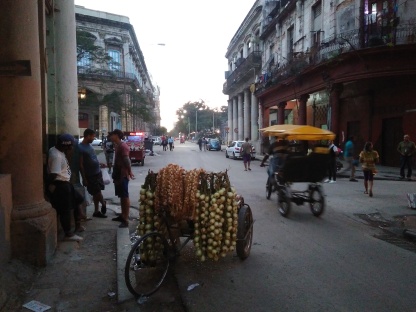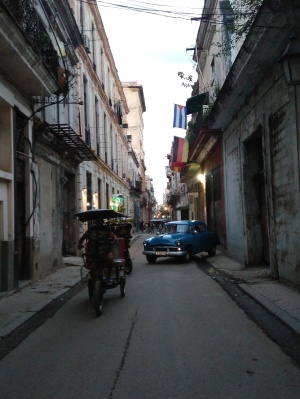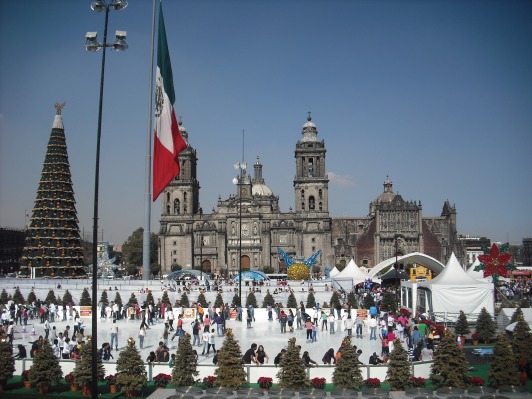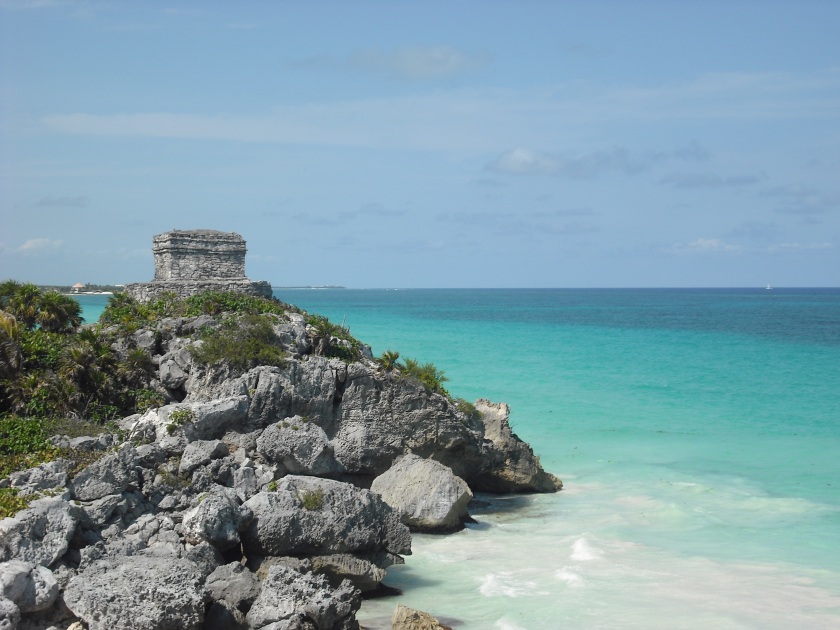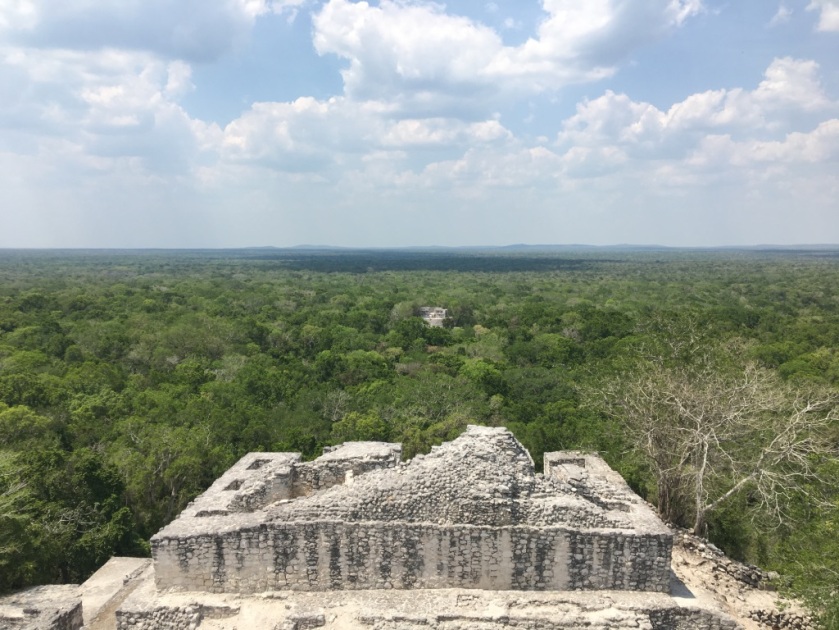Mi esposo se está preparando para un examen de alemán. Cuando regresa de una clase me cuenta de como le sorprende el alemán cada vez más. Cómo la esctructura es tan diferente que la del español, es todo un mundo por descubrir para él. Le encanta aprender un idioma que es tan diferente al suyo, pero a la vez se queja (obviamente) de las dificultades gramaticales como la declinación del sustantivo, artículo, adjetivo y pronombre. Y claro, puedo entender que se queja porque la declinación no está nada fácil – hasta los alemanes lo hacen mal a veces.
Pero también hay ventajas del lenguaje aleman y aunque Gus quizá no lo ve ahorita, en un momento le va a gustar que es un idioma mucho más preciso que el español, por ejemplo. En español, la misma palabara tiene muchos significados diferentes – por ejemplo el verbo salir se puede expresar con mínimo 4 palabras diferentes en alemán: “ausgehen” en el sentido de salir en la noche (a bailar por ejemplo), “rausgehen” en el sentido de salir de algún edificio/ una casa para ir afuera, “fertig sein/ Schluss haben” en el sentido de salir a cierta hora del trabajo o de la escuela, “wegfahren” en el sentido de salir de la ciudad. El alemán es mucho más preciso que es algo bueno para por ejemplo las ciencias o la técnica donde el español muchas veces tiene que tomar los términos del inglés porque no hay un palabra propia.
También al momento de dar indicaciones o direcciones, el alemán es mucho más preciso – cuantas veces me he perdido después de preguntar por el camino por respuestas cómo “para allá” o “subes/bajas”, no se lo pueden imaginar 😉
Aunque el vocabulario no siempre está limitado, por ejemplo no conozco otro idioma que juega con las palabras y significados como el español: cabeza – cabezón – cabezudo – cabezazo – cabezal – cabezota.
Lo malo del alemán es que no sólo es preciso pero también bastante digamos “cuadrado”. El alemán es un lenguaje que se esucha duro y pues no es nada cariñoso como el español que usa mucho el diminutivo para hacer las cosas más pequeñas y más lindas también. Un “problemita” no suena tan mal como un “problema” y “ahorita” es una de mis palabras favoritas del español por todo lo que puede significar. En alemán un “ahora” (“jetzt”) es ahora mismo – nada de ahorita que puede ser en 5 minutos o en 5 días.
Me encanta su cariño del español – cuando una señora me dice “hija” o mi cuñada me llama “nena”. A quién no le encanta que le digan “mi amor” o “guapo/a”?! Eso jamás pasa en alemán – quizás entre padres e hijos, pero no entre la família más amplia o con gente desconocida.
Aunque siendo tan cariñoso, el español también puede ser muy vulgar también. Los doble sentidos con los que juega el lenguaje mexicano son una de las cosas que mas me fascinan y todavía me va a costar mucho tiempo y mucha práctica para entender y aplicarlos.
Al final de cuenta, el lenguaje refleja la realidad y mientras la realidad alemana es cuadrada, directa e indicaciones de lugar y tiempo tienen que ser precisos, pues la realidad mexicana es así: se vive como uno quiere, no se da importancia a ser preciso o exacto, menos con el tiempo, y lo que importa es el cariño y el amor. Y para divertirse siempre hay un buen chiste con doble sentido 😉

